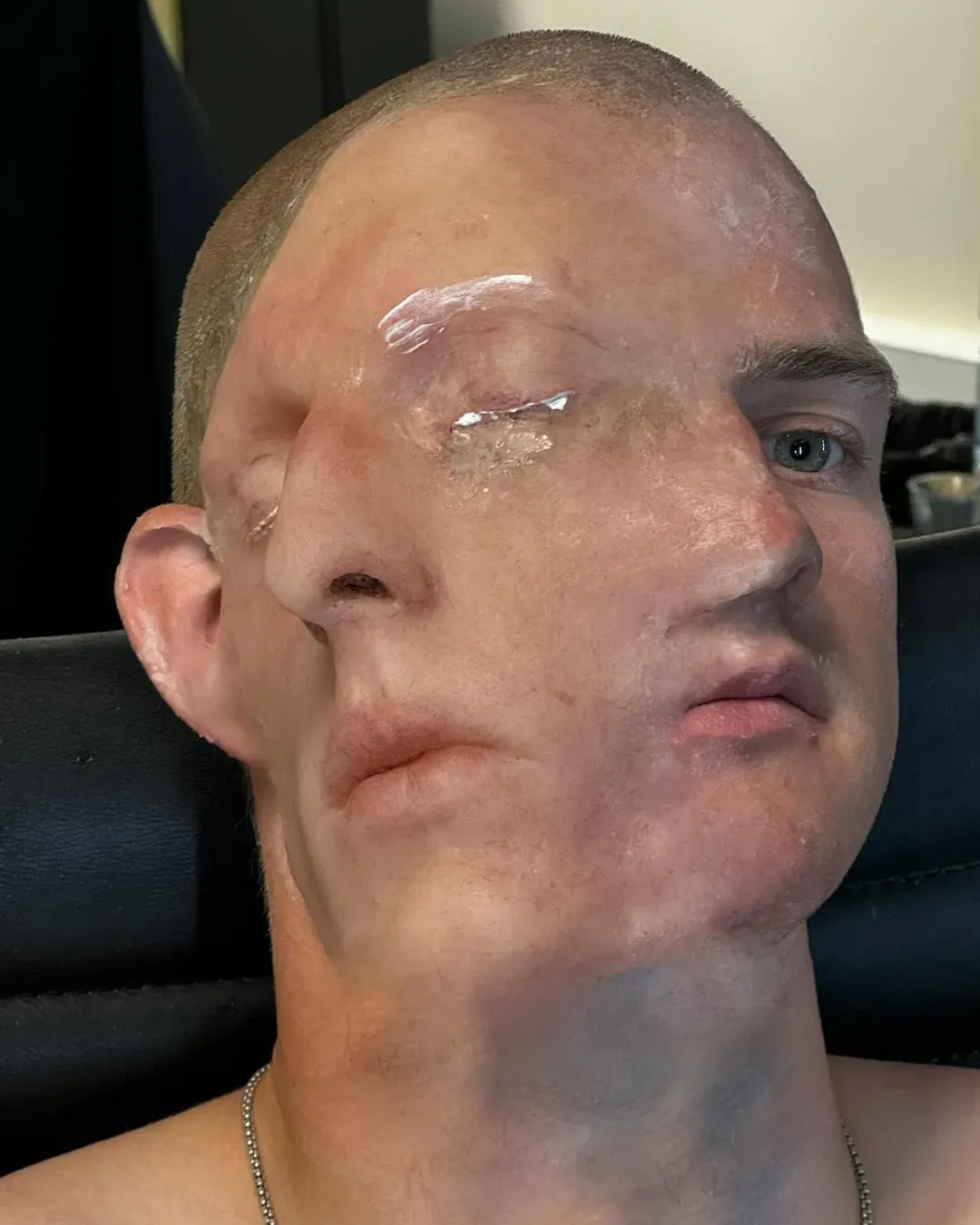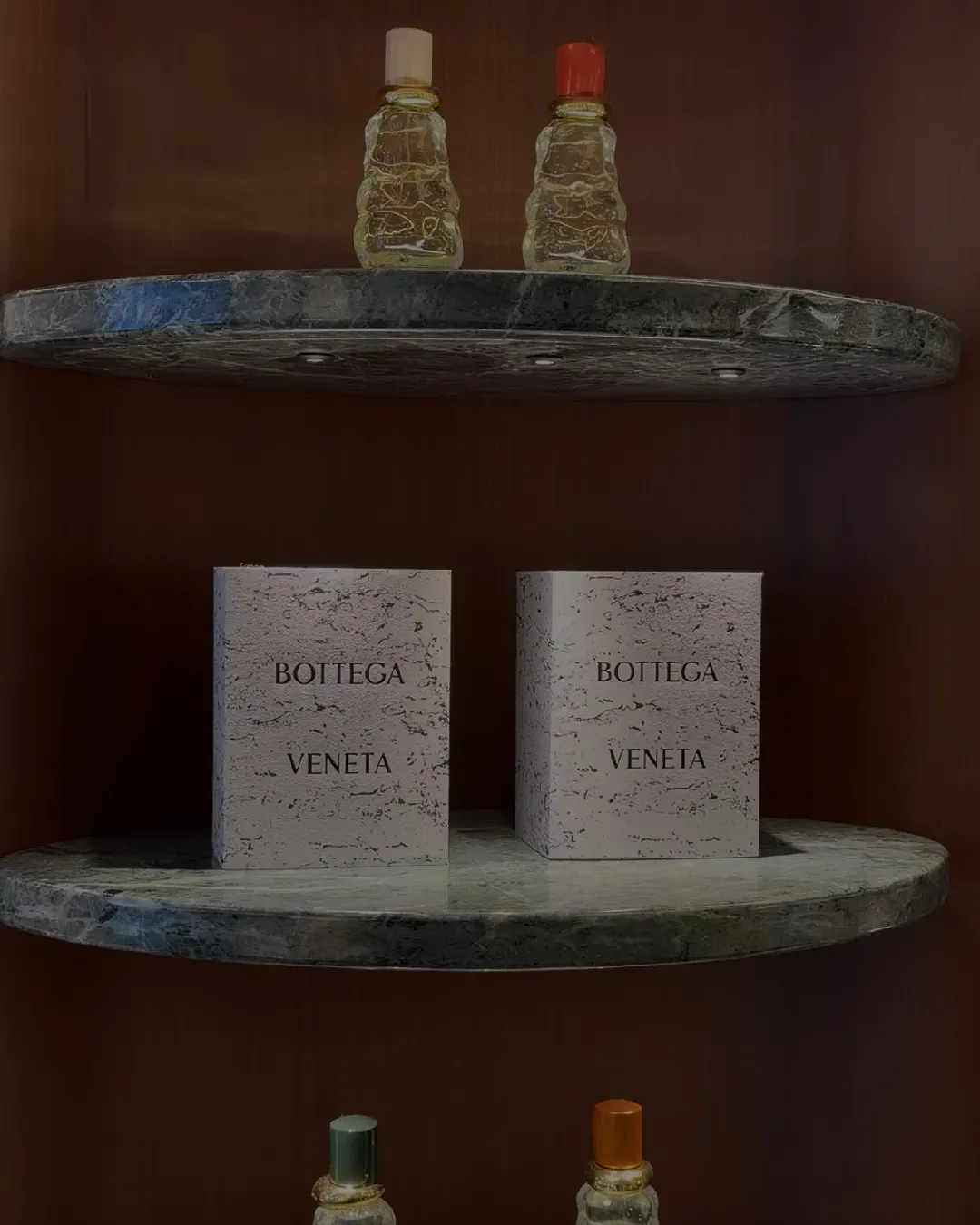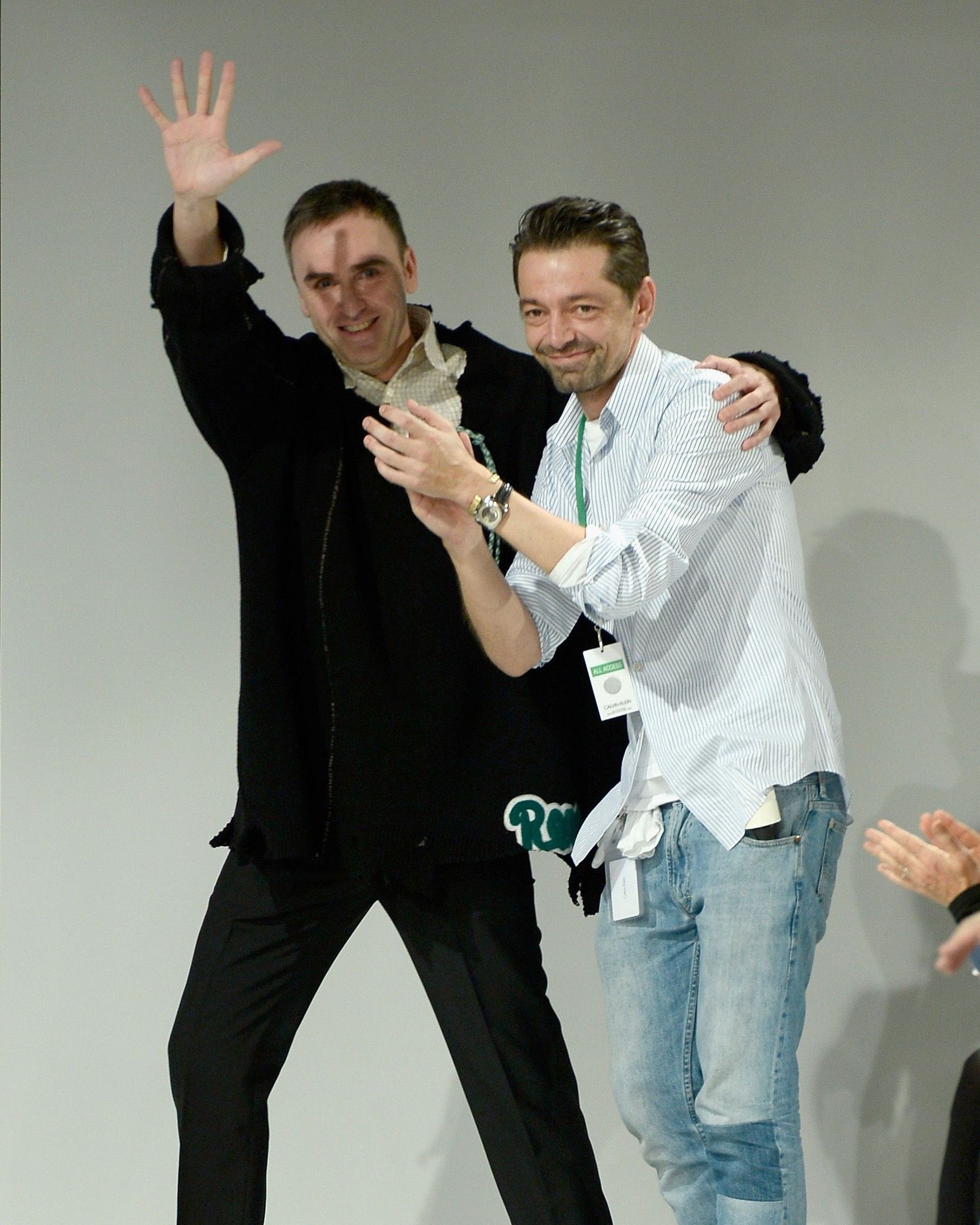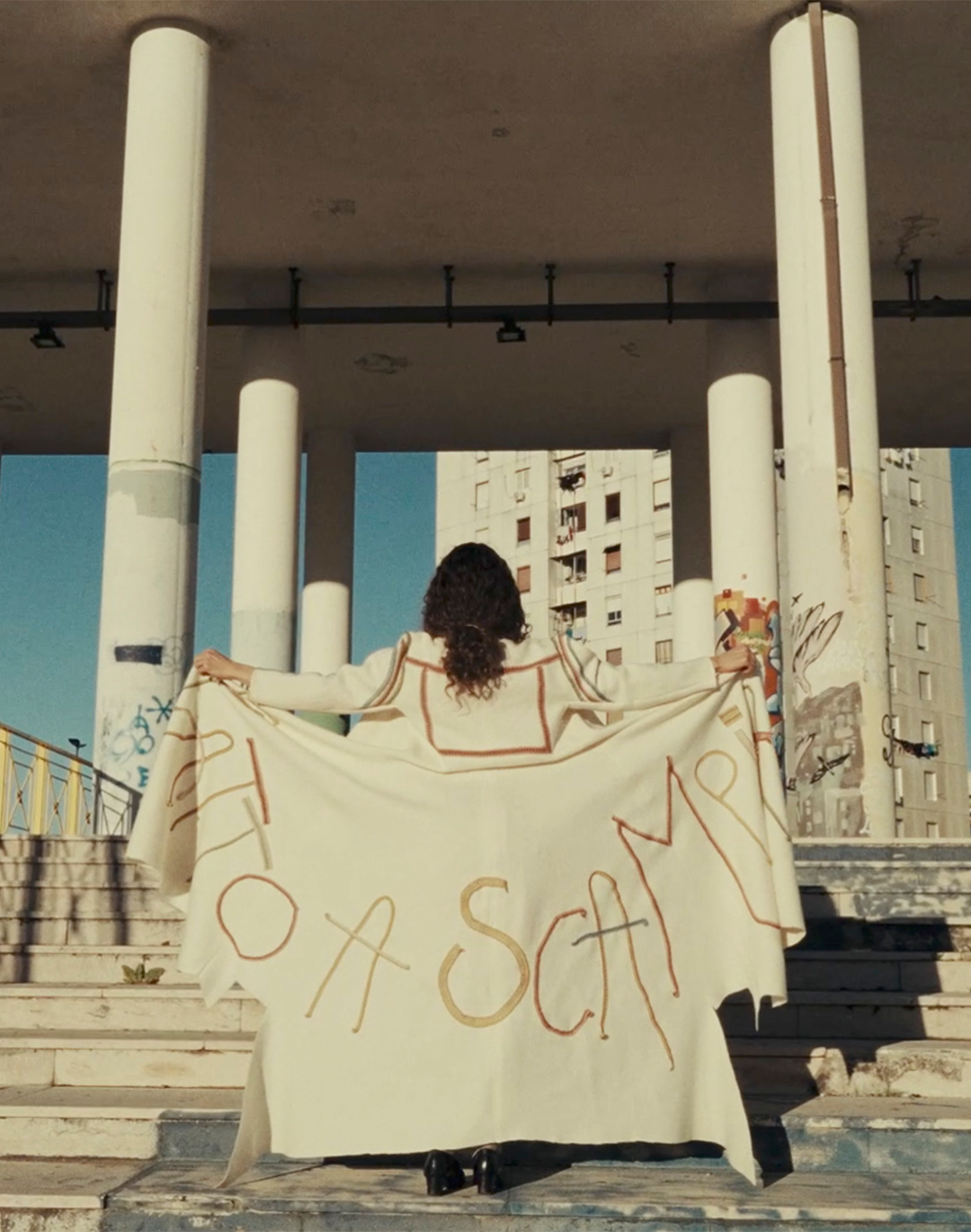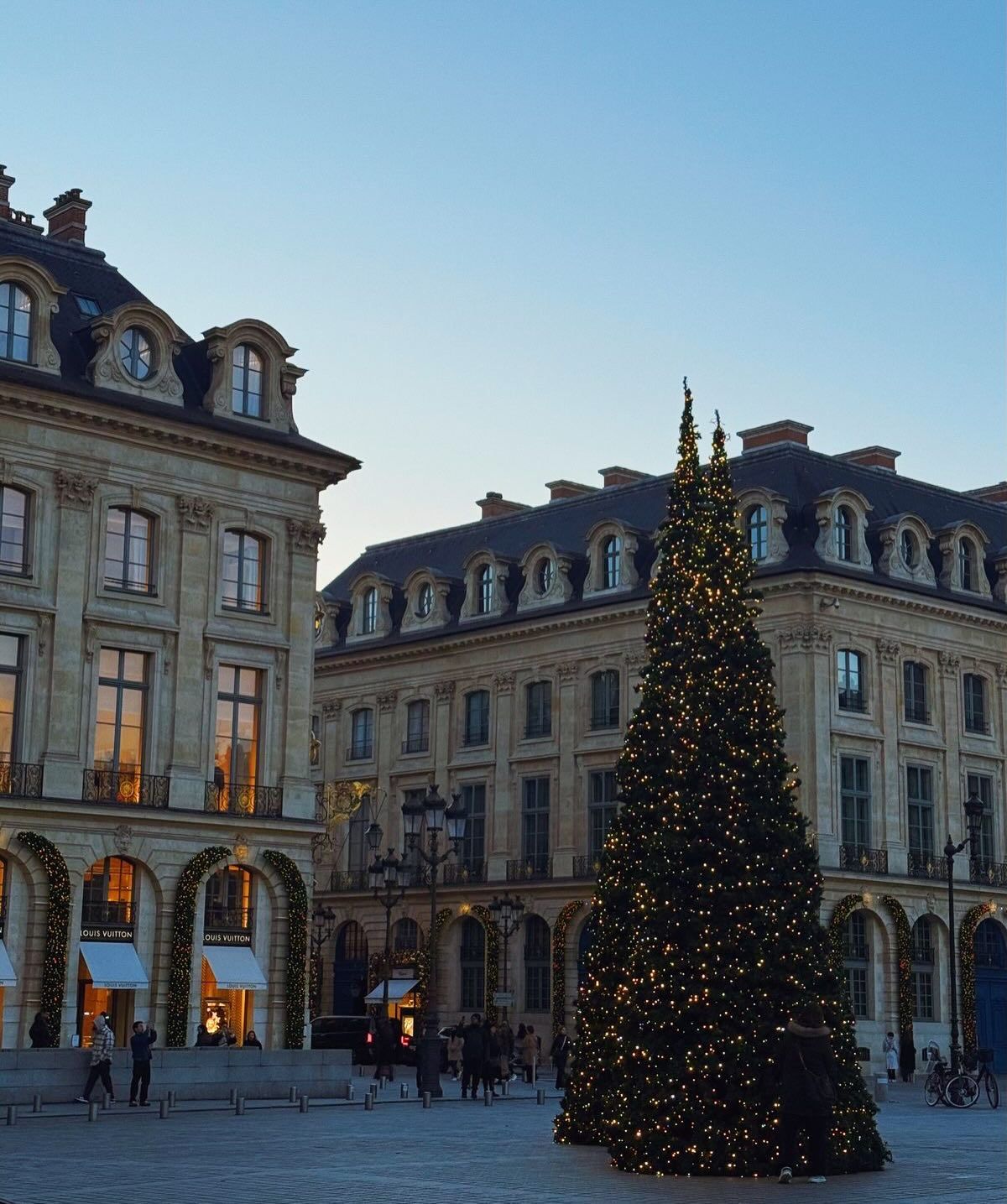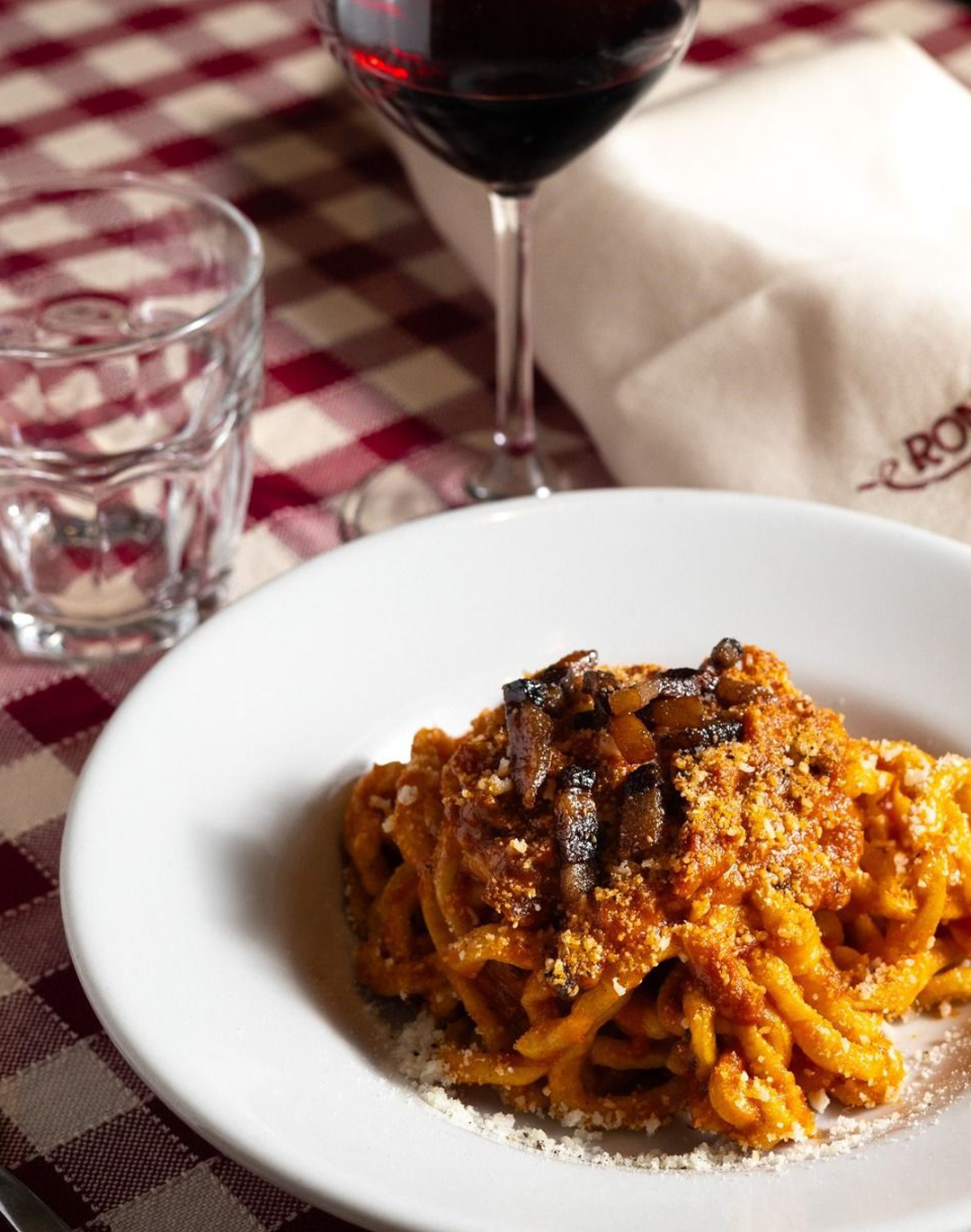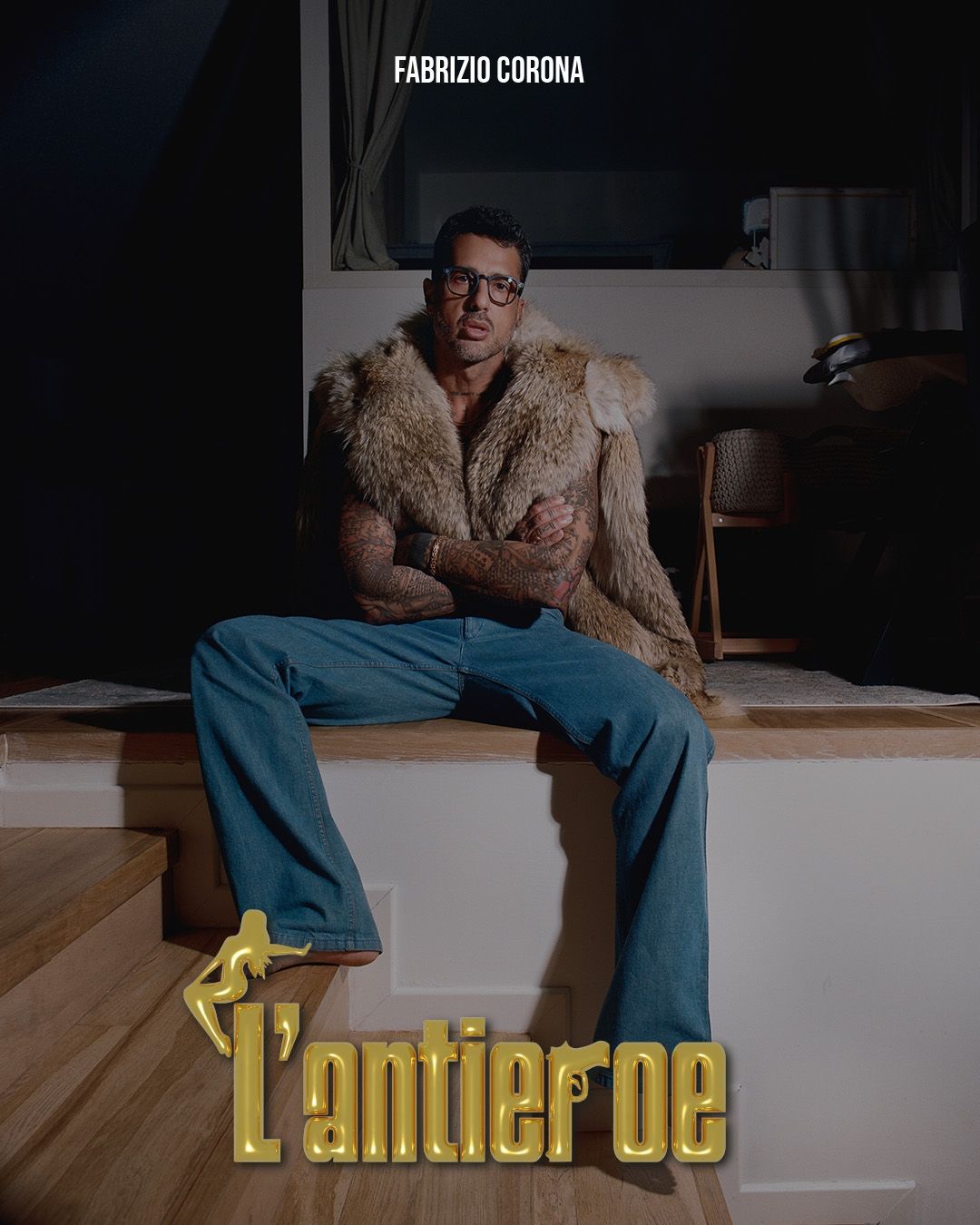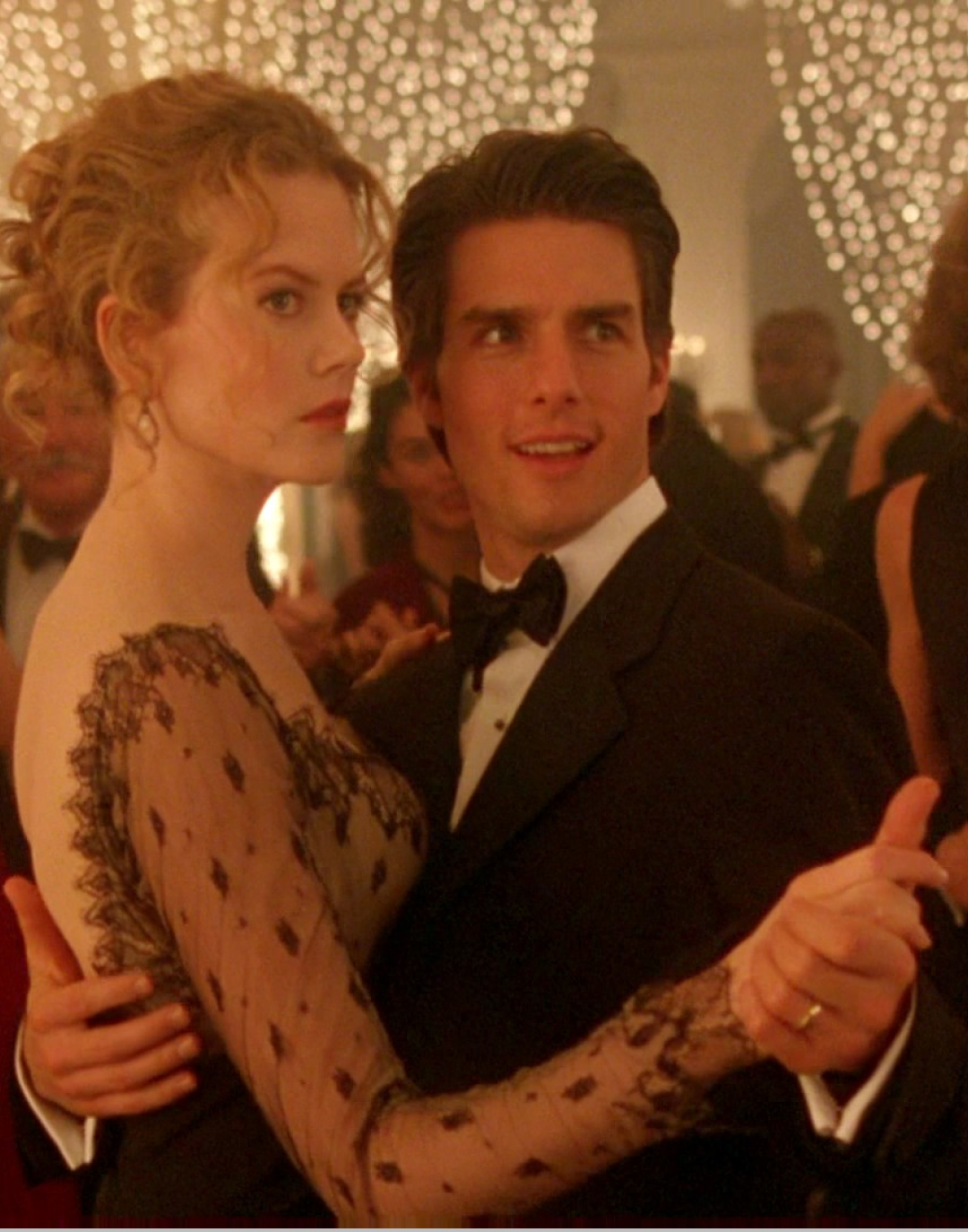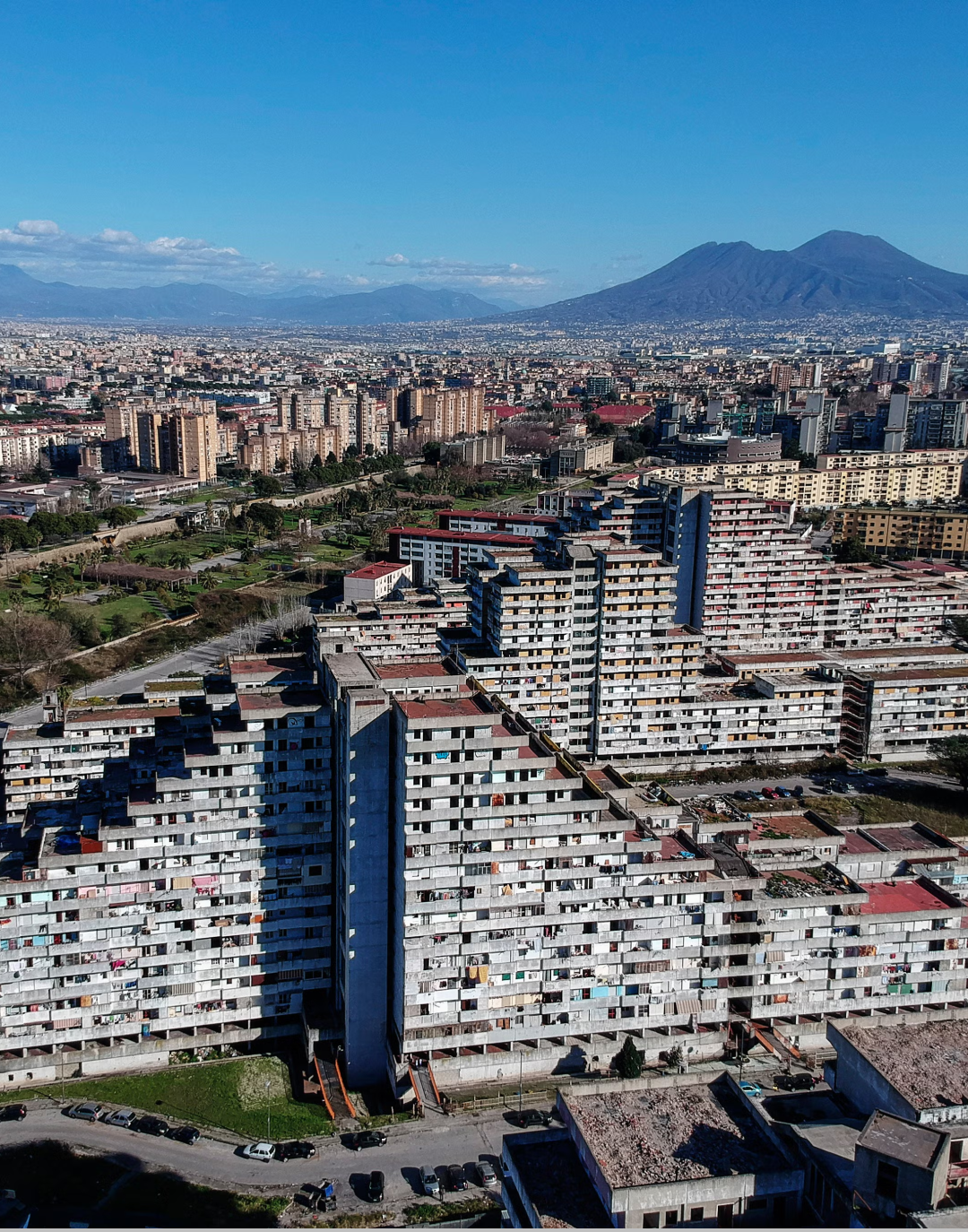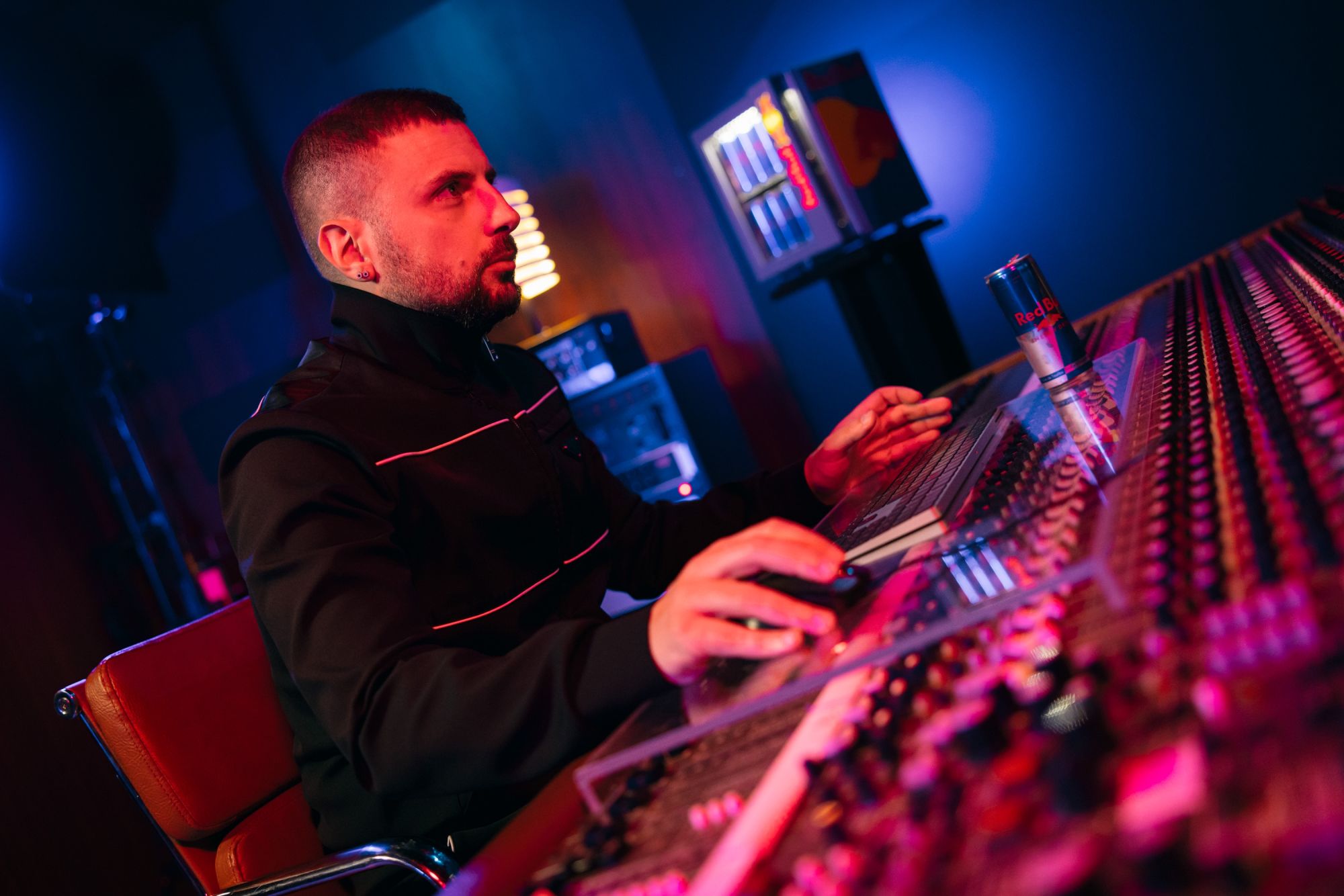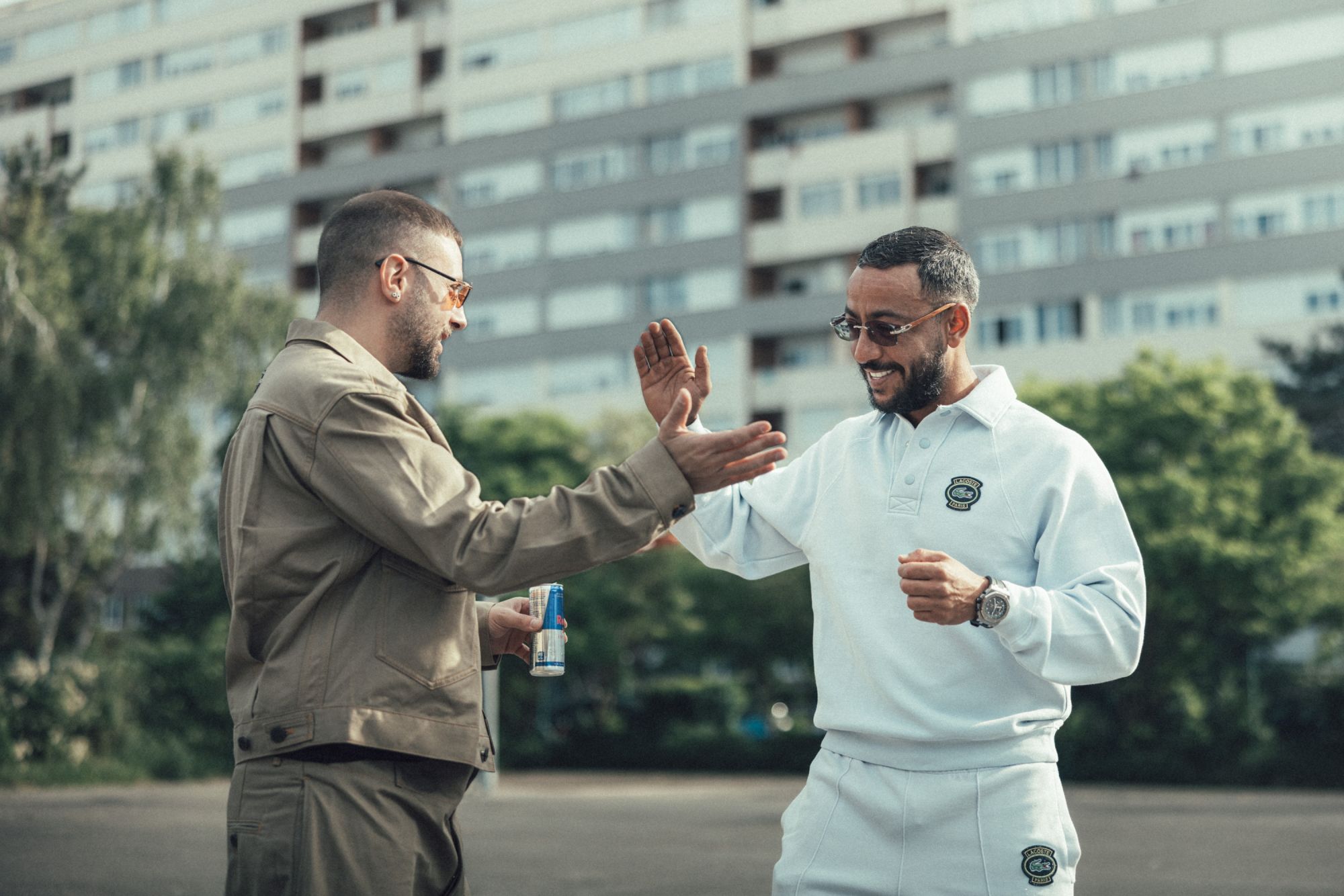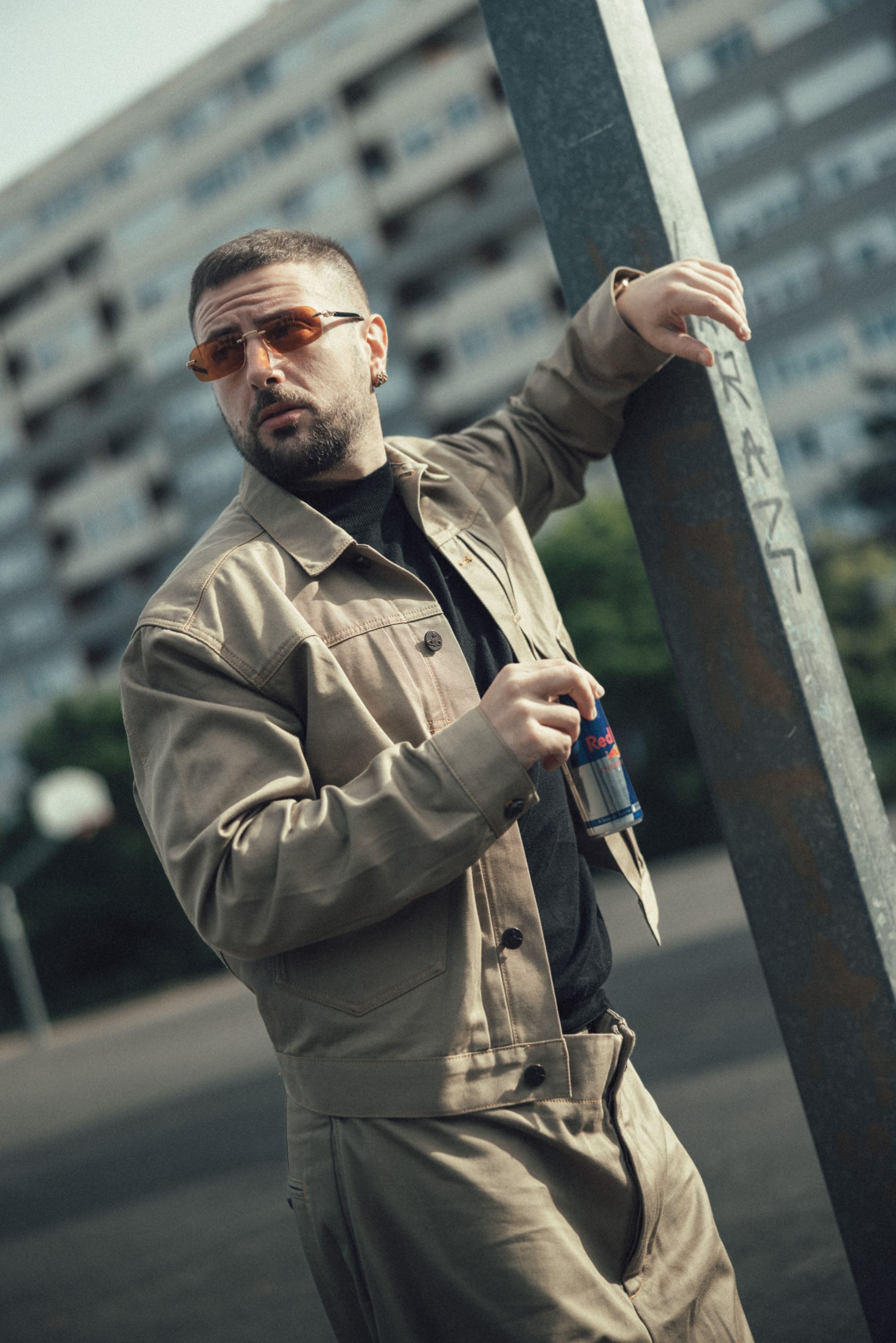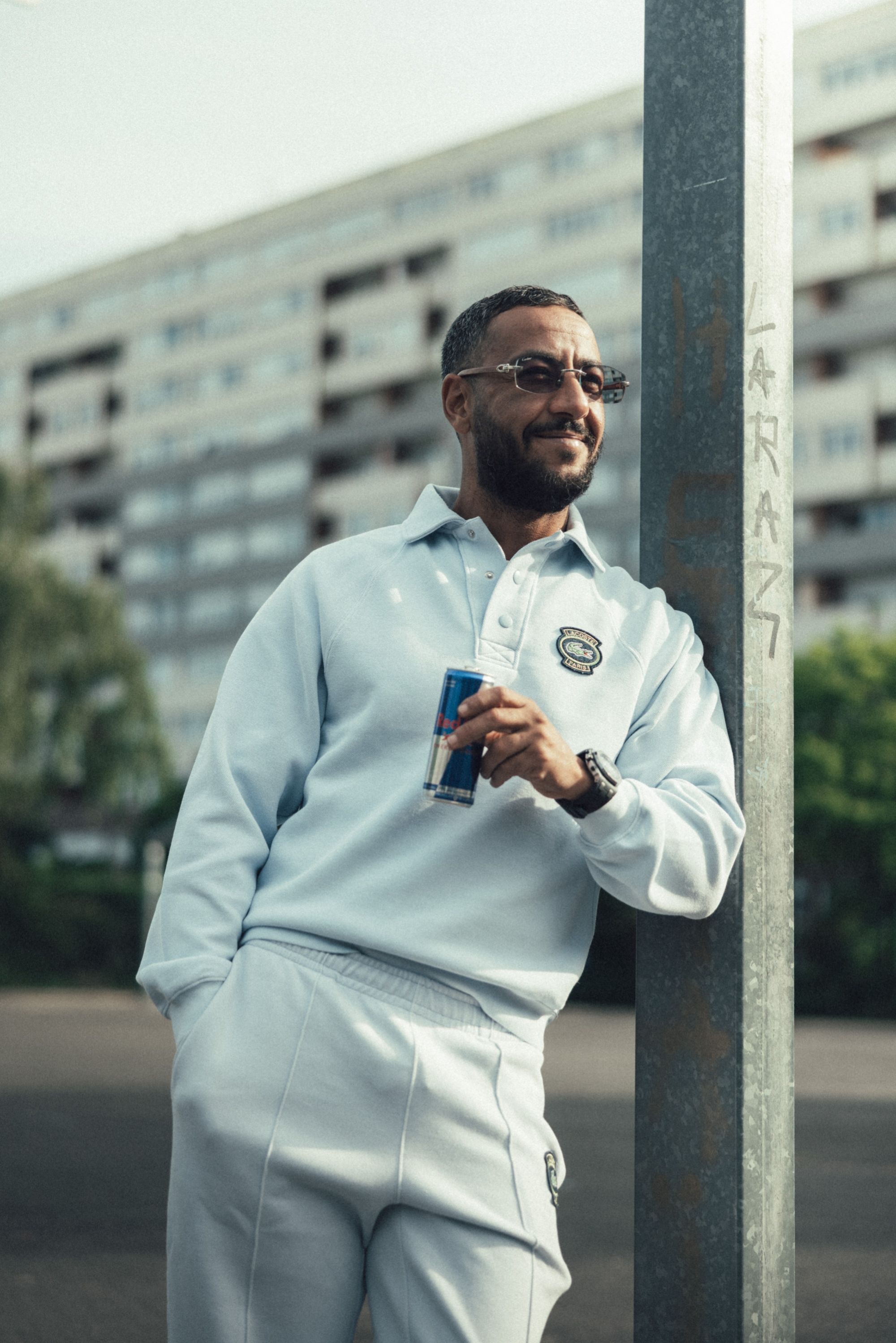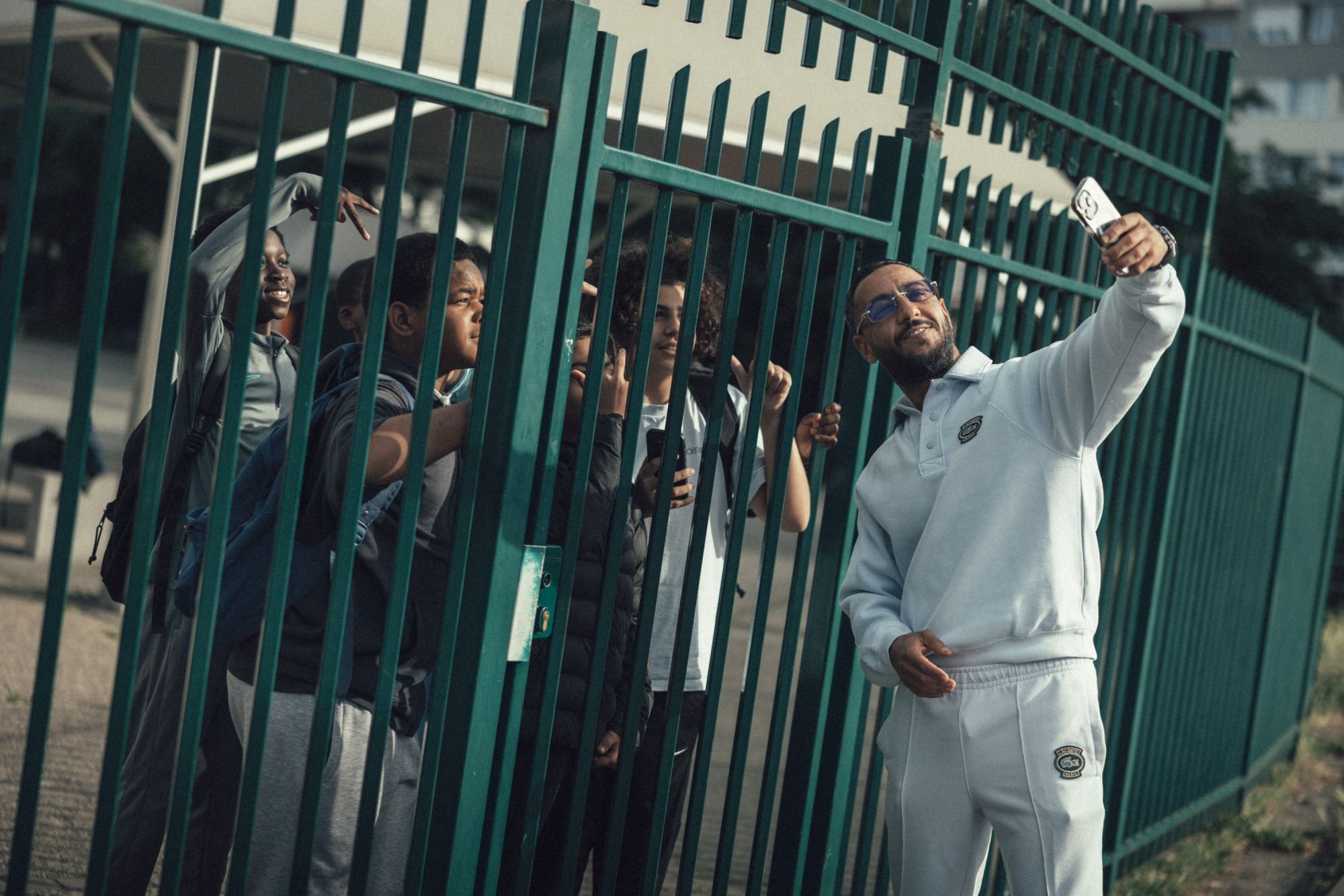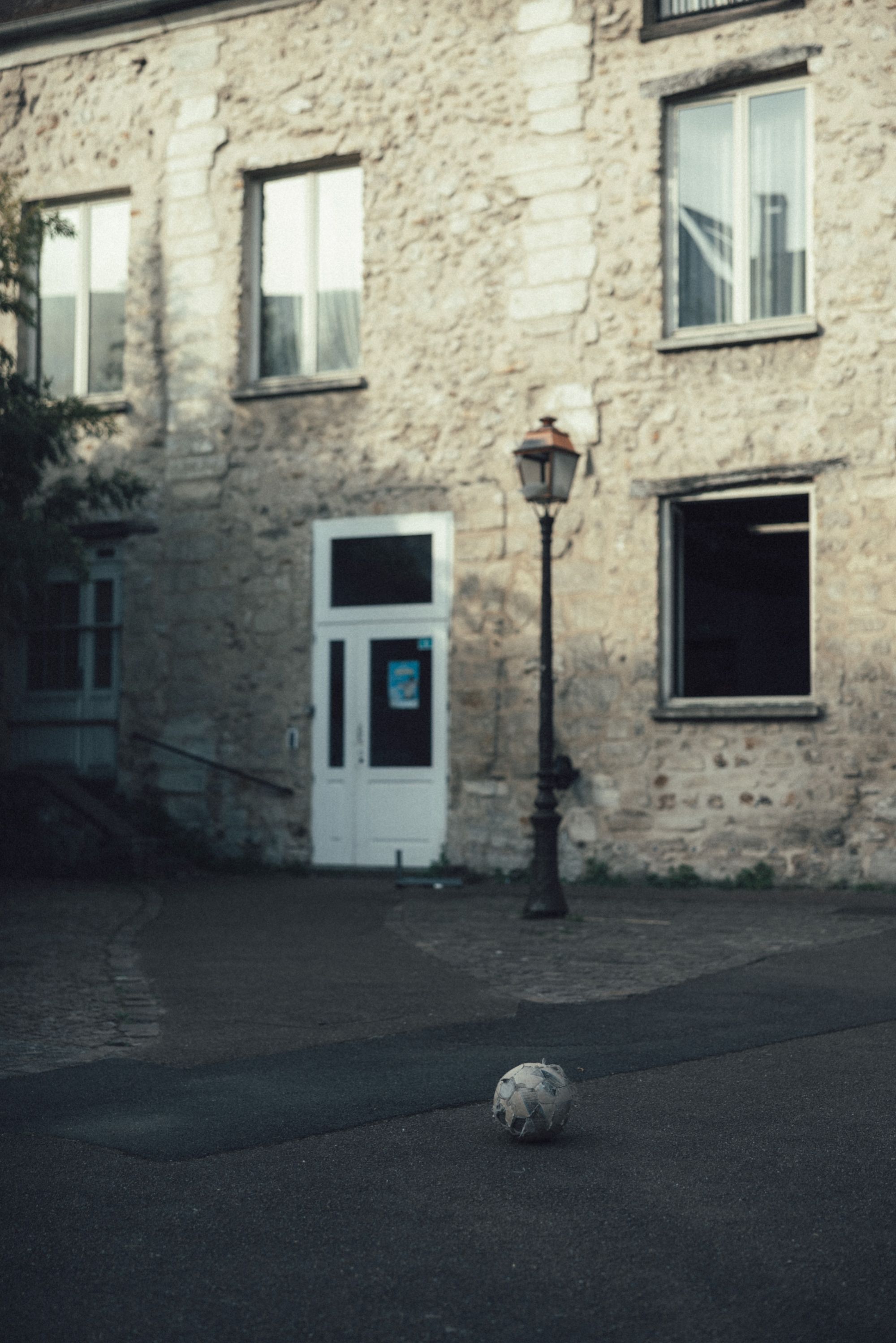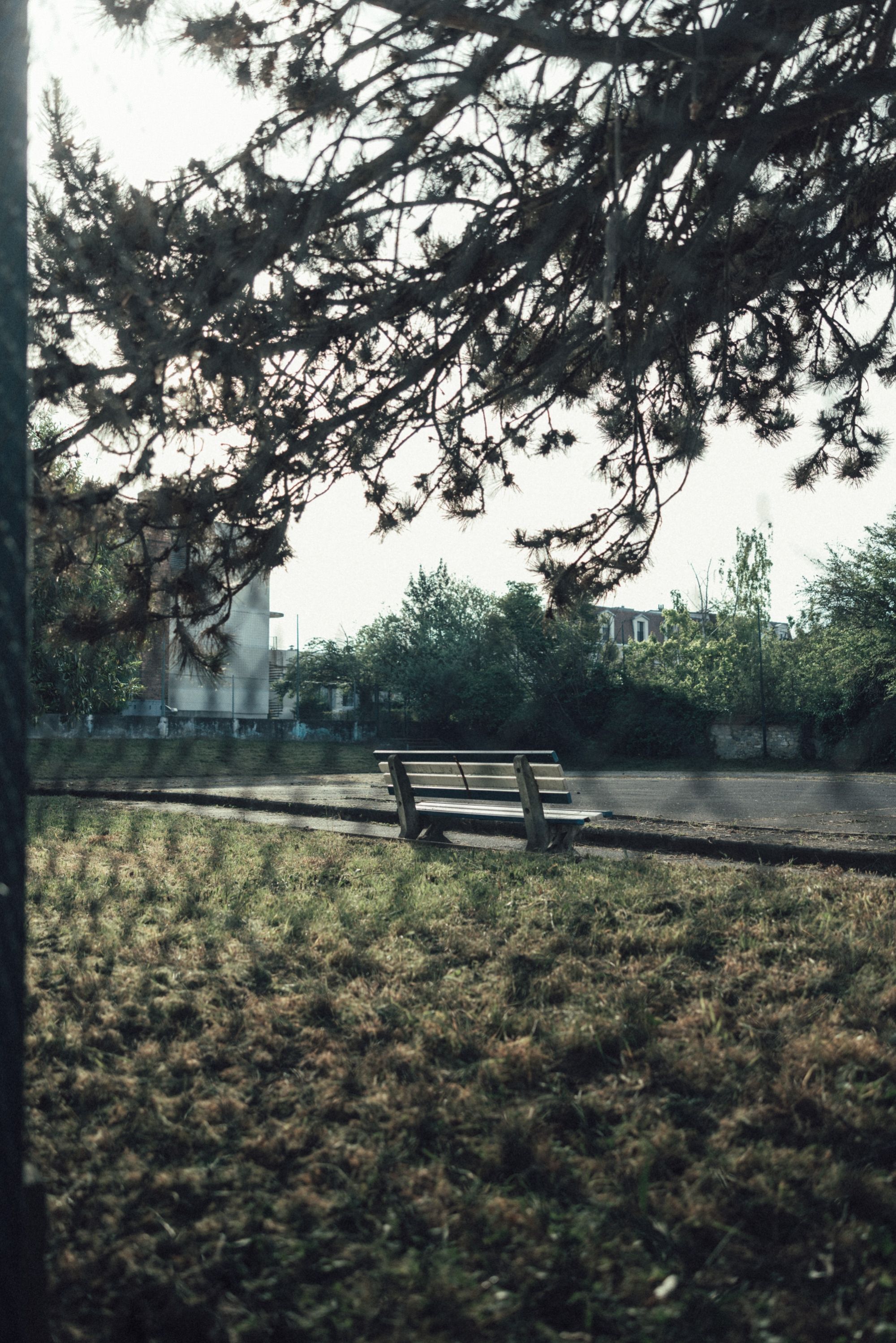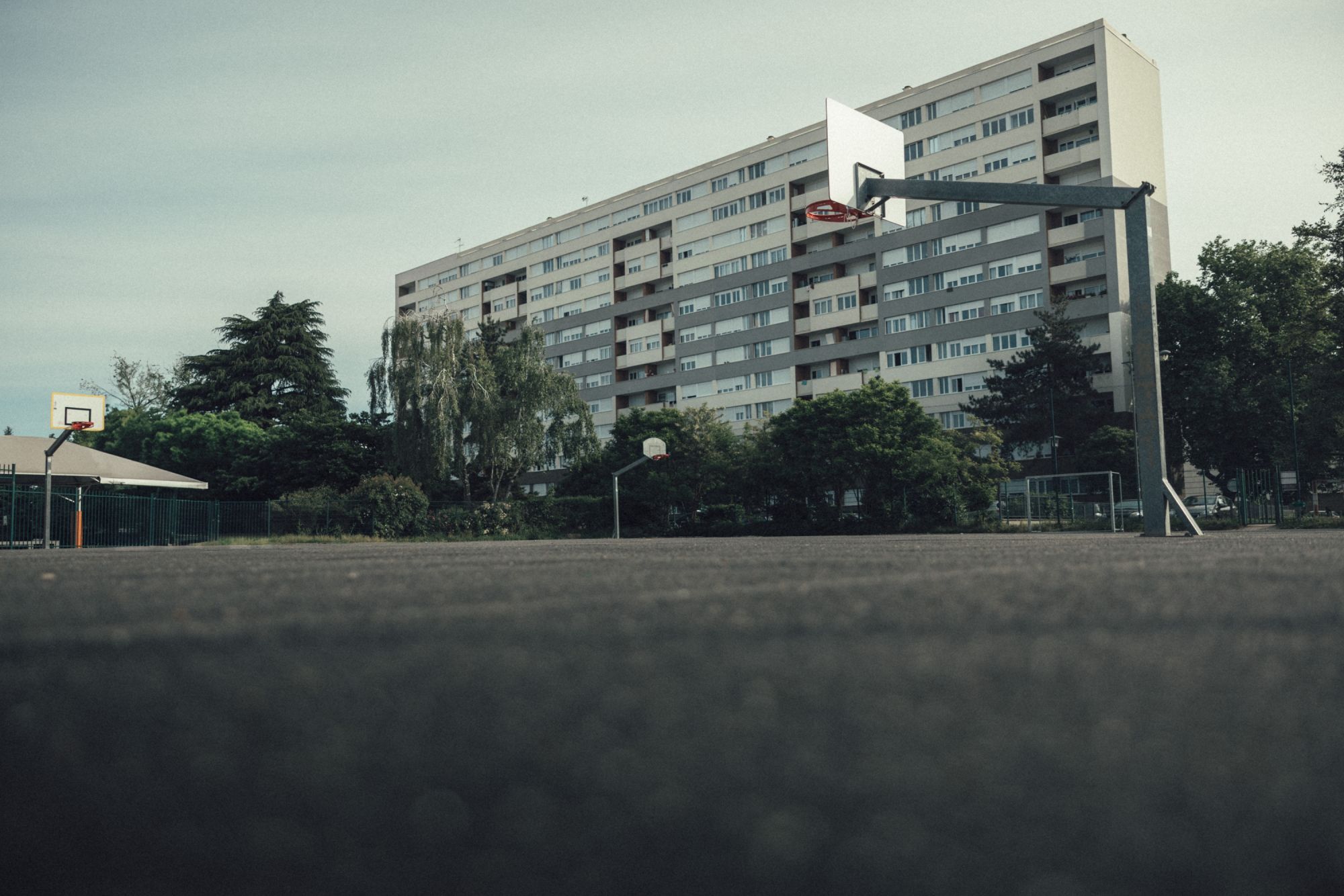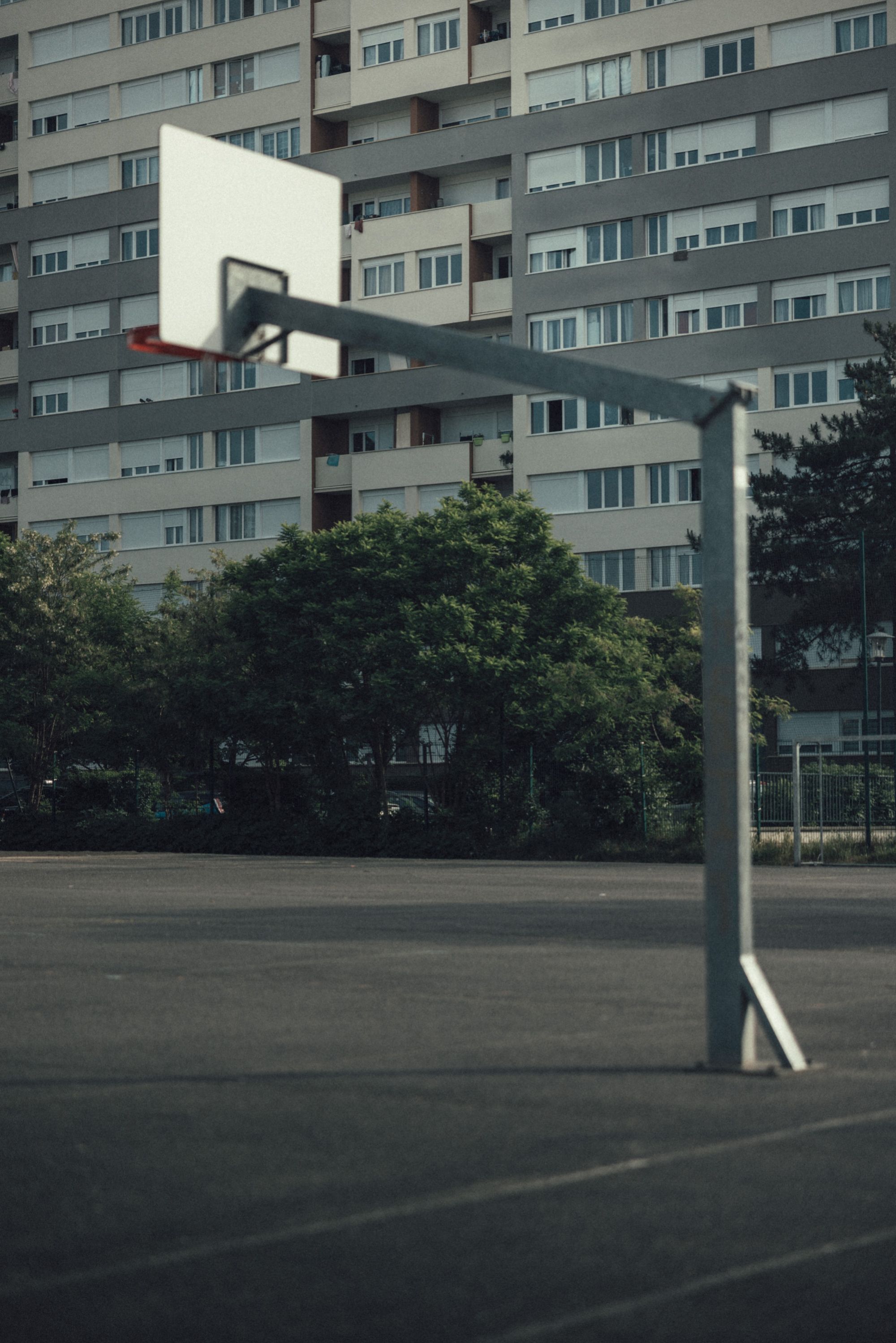
How Red Bull 64 Bars is reshaping the role of the suburbs with Lacrim and Dat Boi Dee From the suburb of Chevilly-Larue to the Neapolitan district of Santa Teresa, rap does not need a translator
Despite the many differences between France and Italy, a strong and unbreakable thread tightly links Paris to Naples. From the suburb of Chevilly-Larue to the Santa Teresa neighborhood, passing under the Seine and up to the foot of Mount Vesuvius, whether they speak the language of Molière or that of Dante Alighieri, one thing (or rather, one musical style) brings the French and Italians together: rap. The first to confirm this are Lacrim and Dat Boi Dee, who come from the Parisian and Neapolitan suburbs, respectively. Two rappers who have managed to look far beyond the walls of their neighborhoods—walls that once felt insurmountable—and climbed over them to strike at the heart of the rap industry, which they both deeply impacted. In fact, they didn’t just break past the limits of both their cities, but also those of their countries, by deciding to collaborate on a track rooted in their origins, but above all in their resilience, presented today by Red Bull 64 Bars. To better understand this invisible yet very real bridge between the rap of France’s and Italy’s suburbs, we spoke with both rappers, who shared a small piece of their stories with us.
The track performed by Lacrim and produced by Dat Boi Dee is truly a musical melting pot. Written and performed in French, Italian still manages to slip into the song through words, a chorus, and even clear nods to the country across the Alps. Lacrim explains that his connection with Italy goes back years before this feat with Dat Boi Dee. “My connection with Italy started a long time ago. When I was young, I watched a lot of Italian movies, I’ve always loved Italian culture since I was a kid. I always blend the way I dress, live, and rap with Italian culture. If I weren’t French, I think I’d be Italian,” he says. His colleague from the other side of the border doesn’t mention trips to France or memories related to the Hexagon, yet the feat came just as naturally to him: “It wasn’t particularly difficult to produce a song written and performed in French by a non-Italian artist. I believe we share the same values and cultures because, inevitably, the ghetto is the ghetto everywhere. We both started from the same place. Maybe the journey took us to different parts of the world, but in the end, we simply told what we lived in our neighborhood, just in a different language.”
The ghetto, the outskirts, their neighborhoods. That’s the common ground linking Lacrim and Dat Boi Dee, even if that commonality applies to two cities and two different countries. “The two outskirts are very similar probably because the gap between the rich and the poor is very visible on both sides. There’s a kind of stigmatization: the city center, more luxurious and showcased, strongly contrasts with the suburbs, often neglected and left to fend for themselves, almost self-managed by the people who live there. I don’t think there are major differences: these are simply cities that have become metropolises over time but that have somewhat forgotten the people living in the outskirts,” explains Dat Boi Dee. “Maybe what we Neapolitans can most take from the French scene is what it represents in terms of extreme patriotism, which is not exactly the same as identity. Some French people are ready to give their lives just for who they are and what they represent. In the same way, we Neapolitans do that too. But it’s always sad to make a distinction between Neapolitan and Italian. I want to put Naples on Italy’s map. This kind of extreme patriotism is missing among Italians, while we Neapolitans could teach it to French rappers. Maybe it’s because we’ve absorbed everything each historical domination has left. We carry a legacy from about 90% of European peoples, built into our DNA, which we almost always express through our music,” he continues.
Yet France doesn’t seem to have a problem drawing inspiration from Italy. Something Lacrim does in his song, notably by mentioning footballer Francesco Totti and Neapolitan rapper Geolier. “I met Geolier in 2021, at a time when he wasn’t as well-known as he is today. Then I watched how he evolved, and I immediately had respect for him because he reminded me of myself in the early days. When I saw the path he’d taken, my respect for him only grew. I admire his attitude, the way he manages his career and the success he has today.” As for Totti, the respect is just as present. As is the respect Lacrim has for sports, which he sees as being in the same category as rap: “I think it’s urban, we come from the projects, like many young people, and we’re all looking for a way out. Whether it’s through football, boxing, or rap. It’s all connected. I used to play football as a kid, and if I weren’t a rapper, I’d probably be a footballer. For many young boys, it’s a dream because it means getting out of the projects, going beyond the walls, doing something great.”
Speaking of younger generations, when asked what advice they’d give to young people in the projects who want to make it in music, their answers strongly align. “It goes beyond music. If you have a dream, don’t give up on it, don’t let it go. Dreams are born in theory while you sleep, but when you wake up, you have to make them reality. It’s not something hard, it’s just hard work,” says Lacrim. For Dat Boi Dee, the idea of hard work and never giving up is also essential. For him, the most important thing is to be ready. “Ready for the possibility that they might not make it, and despite that, never give up. That’s probably the key thing.” he concludes.



